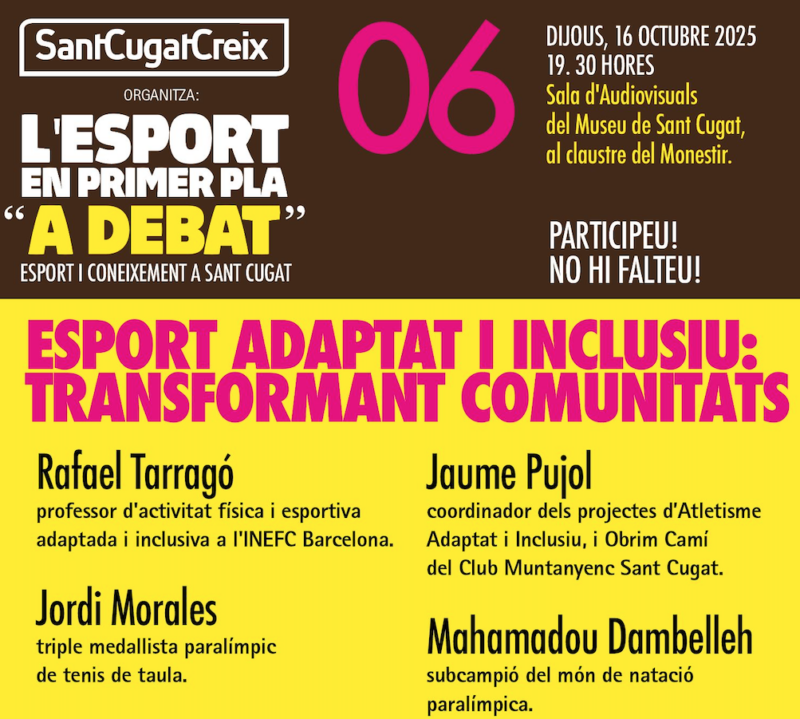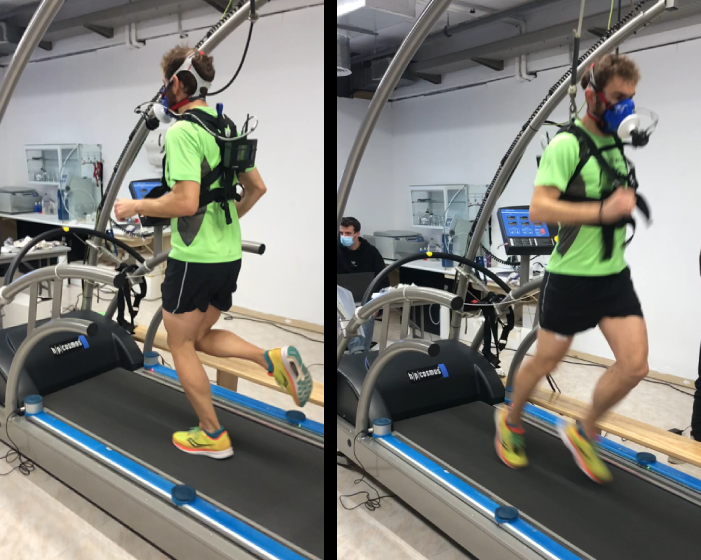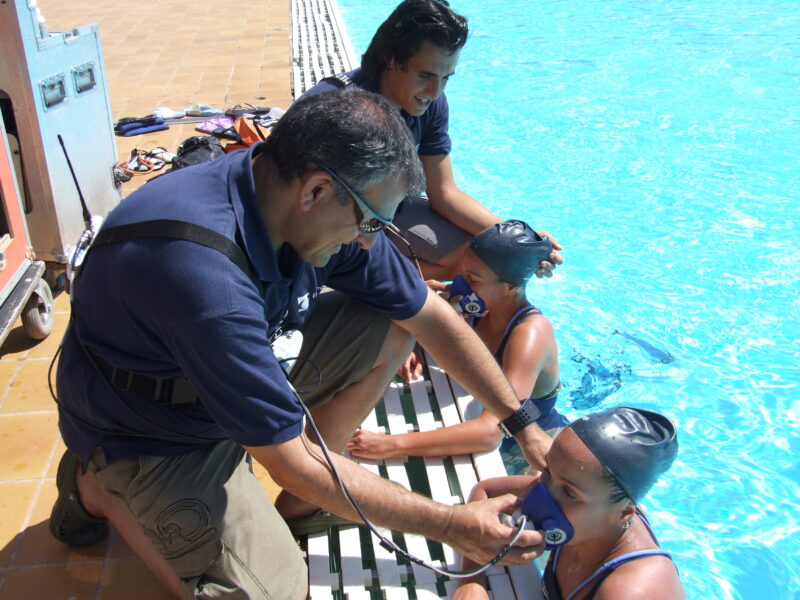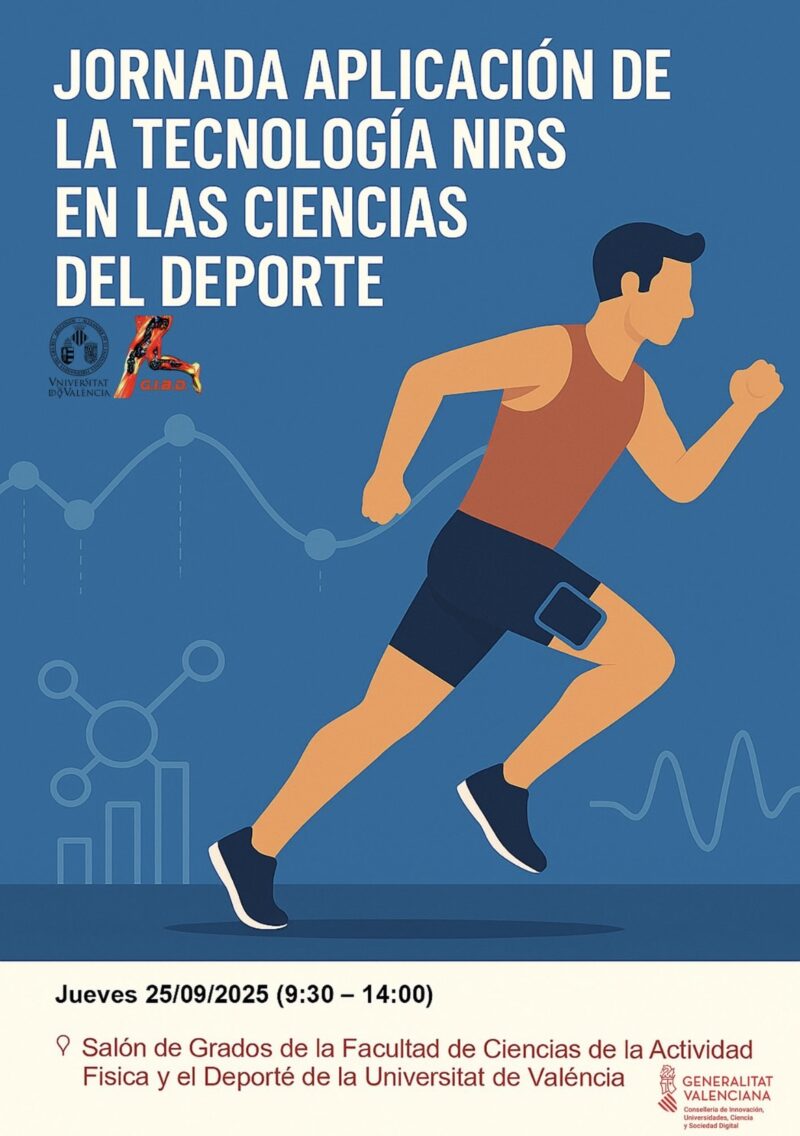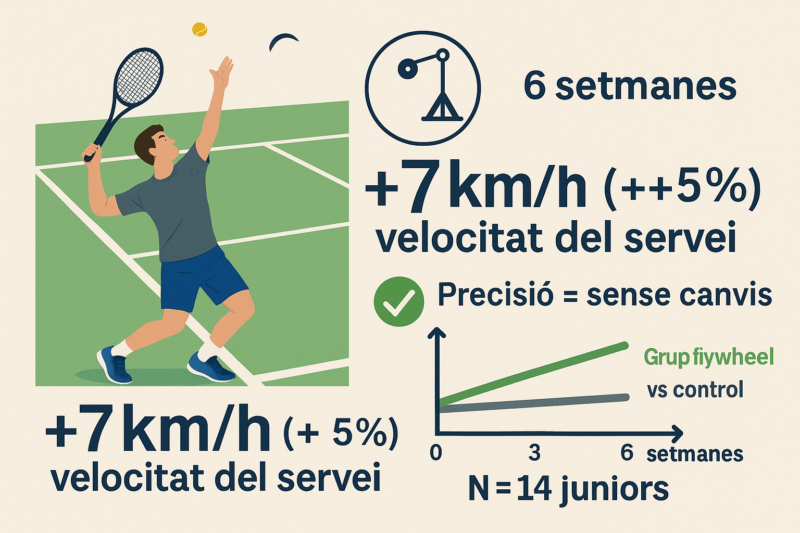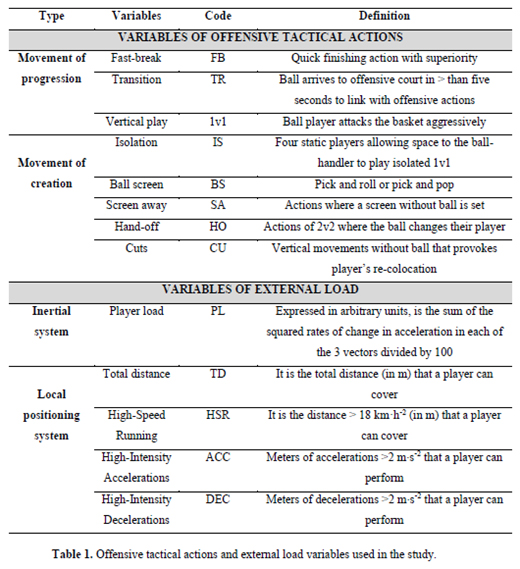
El recent membre del nostre grup de recerca, en Franc García, acaba de publicar conjuntament amb preparadors físics de 1r nivell mundial en diferents esports professionals com l’Aysel Auckan, el doctor Jairo Vázquez-Guerrero (Basketball), el Kico Pla (handbol) i el Daniel Fernández (hoquei), un nou article a la revista Sport Performance & Science Reports: “Does high tactical game rhythm present better effectiveness in basketball?”
L’article conclou que el ritme tàctic de joc (Accions ofensives / temps) és una estratègia efectiva per analitzar el rendiment al bàsquet. Contràriament, els autors no van trobar una relació significativa entre la càrrega externa i l’efectivitat. Per tant, futurs estudis podrien utilitzar una anàlisi qualitativa similar per entendre millor l’èxit basquetbolísitic.
https://sportperfsci.com/does-high-tactical-game-rhythm-present-better-effectiveness-in-basketball/
ABSTRACT:
Purpose: Tthe principal aim of this study was to compare tactical game rhythm and external load between effective and non-effective offensive basketball possessions during one professional basketball game. A secondary objective was to examine the relationship between tactical game rhythm and external load during ball possessions.
Methods: Tactical game rhythm (sum of offensive tactical actions / time [seconds]) and external load variables were corded during a total of 92 basketball possessions. A bootstrap confidence interval (CI) approach was used to perform the hypothesis test to assess the differences between possessions and the relationship between variables.
Conclusions: The primary finding of this study is that effective offensive possessions show significantly higher tactical game rhythm (OTA/time) than non-effective ones. Conversely, the five external load variables examined did not present significant differences between effective and noneffective offensive possessions. In addition to effectiveness, the tactical game rhythm was significantly associated with most external load variables (except HSR), which demonstrates small to moderate relationship between physical and tactical demands. Game rhythm is a promising strategy to understand team’s success. Therefore, future studies could use this methodology to examine more than one game and extract more solid conclusions.

